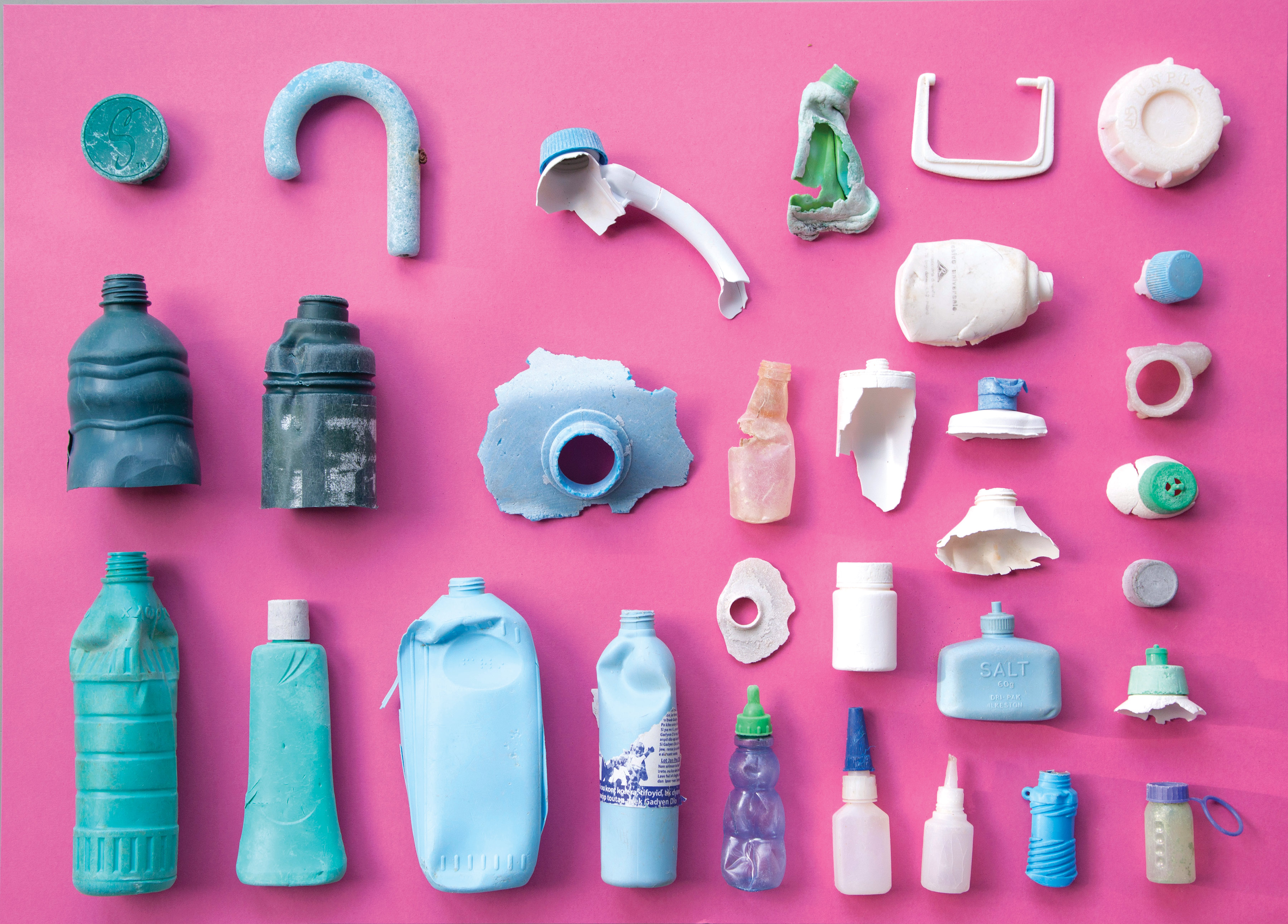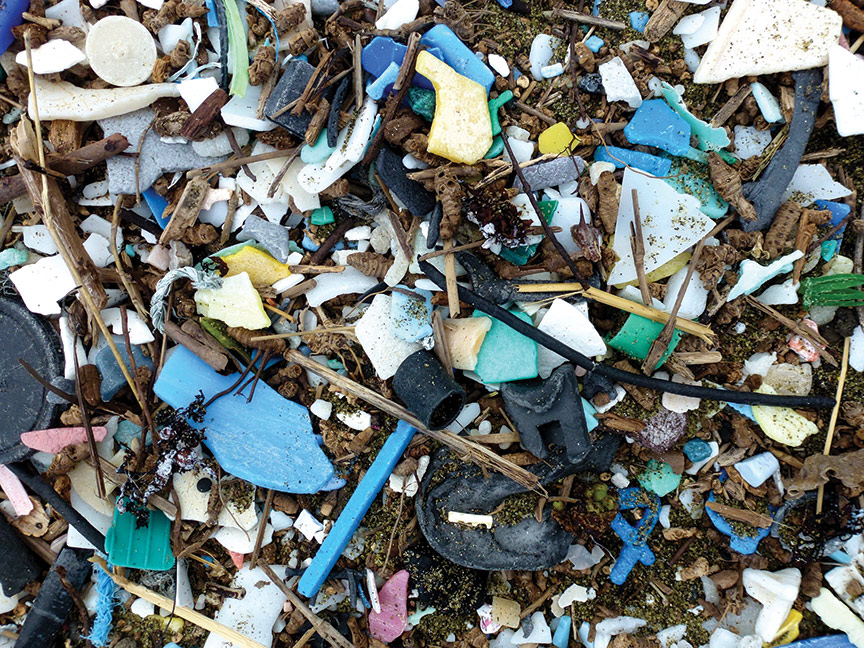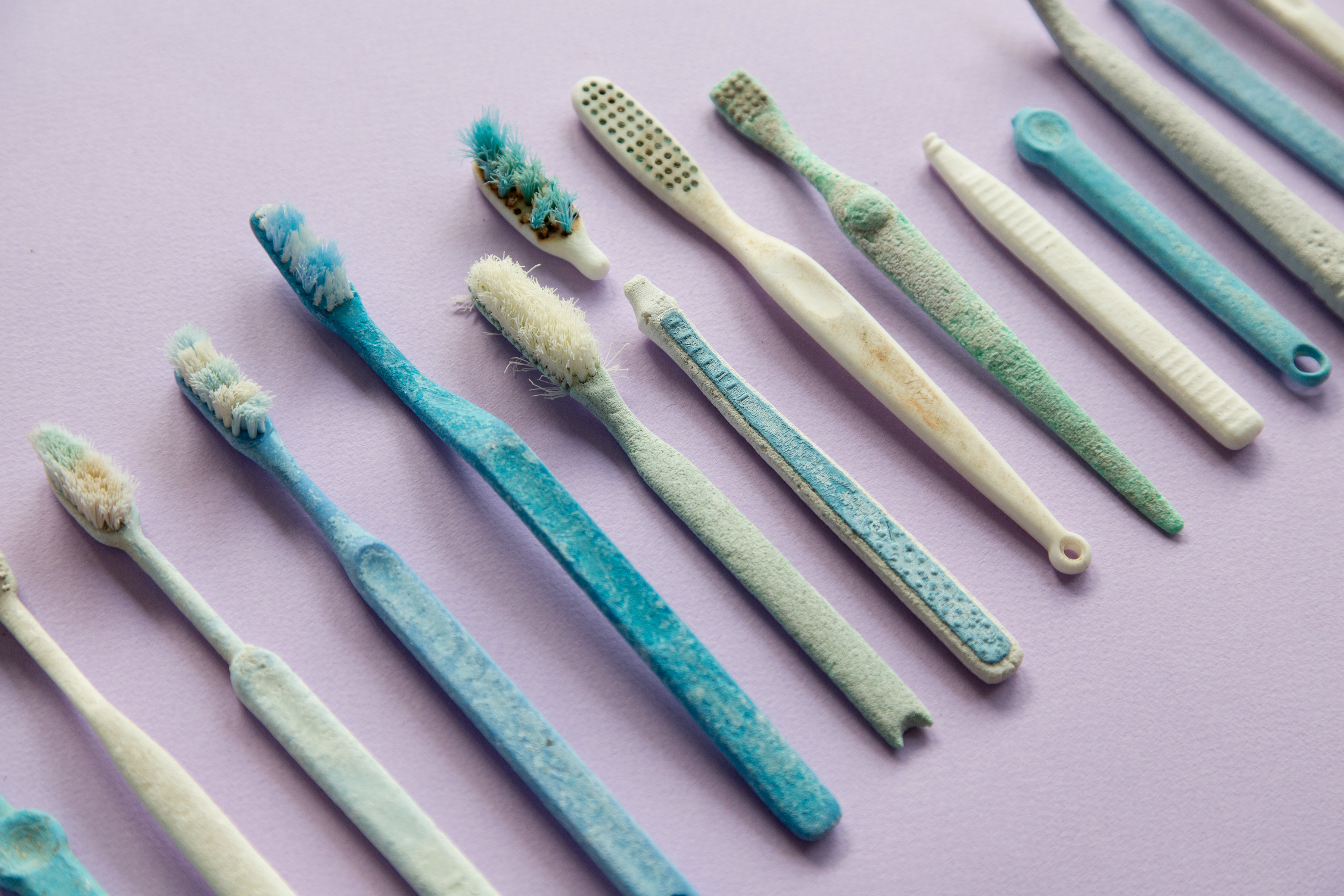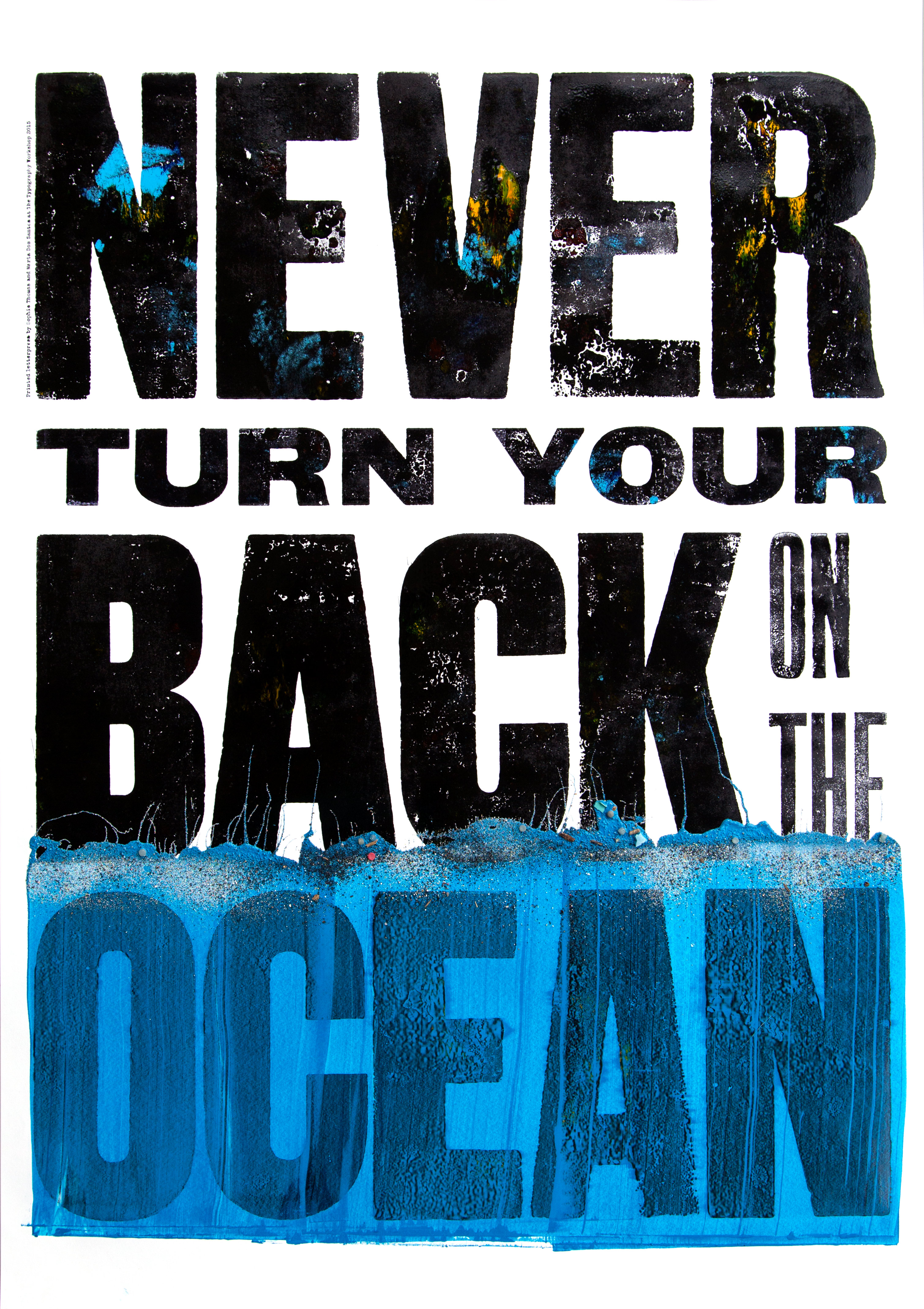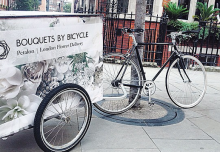The Plastic Problem
Never Turn Your Back on the Ocean is an eye-catching and stomach churning exhibition from Sophie Thomas (Thomas.Matthews founder and Director of Circular Economy at the RSA), bringing to light the lasting impact that plastic has on our largest natural resource. We had the honour of showcasing a set of lights that Sophie created from plastic waste she found on Kamilo Beach for WWF’s Everyday Things collection for Earth Hour, we hear more about the collection and find out where the world’s plastic ends up.
Plastics are now one of the most common pollutants of ocean waters worldwide. Pushed by winds, tides and currents, plastic particles form with other debris into large swirling accumulation zones, known to oceanographers as gyres.
The area known as The Great Pacific Garbage Patch is one of five major garbage patches drifting in the oceans north and south of the Equator. One of the closest pieces of land near the patch is Big Island, Hawaii and Kamilo Point is the closet beach. Kamilo beach (or Trash beach, as it is called by locals who know it) is somewhere near the southern most point of the USA. It is an hour further along from Green Sands beach on the volcanic coastline in a deserted area of land where no-one lives.
90% of the world’s rubbish that floats in oceans is plastic and currently only 5 % of the world’s plastic is recycled. We cannot just cut out plastic from our lives. It is the ‘workhorse material of the modern economy’. But we need to find ways to deal with it.
Cleaning up the oceans is one option, it is however not efficient. The oceans are too big, the estimated 5.25 trillion micro plastic pieces too small and mostly sitting on the bottom of the ocean, and no one country is directly responsible. So the currents continuously move the pollution around and the gyres continue to act as “shredders” to the plastic before dispersing it across the globe. The solution to this truly global challenge must be therefore to tackle the problem at its source. Growth in the global use of consumer goods made from plastic is projected to increase significantly over the next ten years (it currently sits at approx 6bn metric tonnes a year). Unless steps are taken to manage this growth’s connected waste streams, by 2025 the ocean could contain one tonne of plastic for every three tonnes of fish.
Marine litter is also one of the clearest symbols of a resource inefficient economy. These objects that litter our beaches and impact our environment should be captured for their value before the reach the seas. Adopting a circular economy approach, which puts emphasis on; designing systems that prevent waste and encourage recovery of valuable materials, designing products that optimise materials for their effectiveness in use stage, and simplifying the use of plastics, especially in packaging so that recycling can be streamlined and efficient would be the most effective solution for marine litter.


